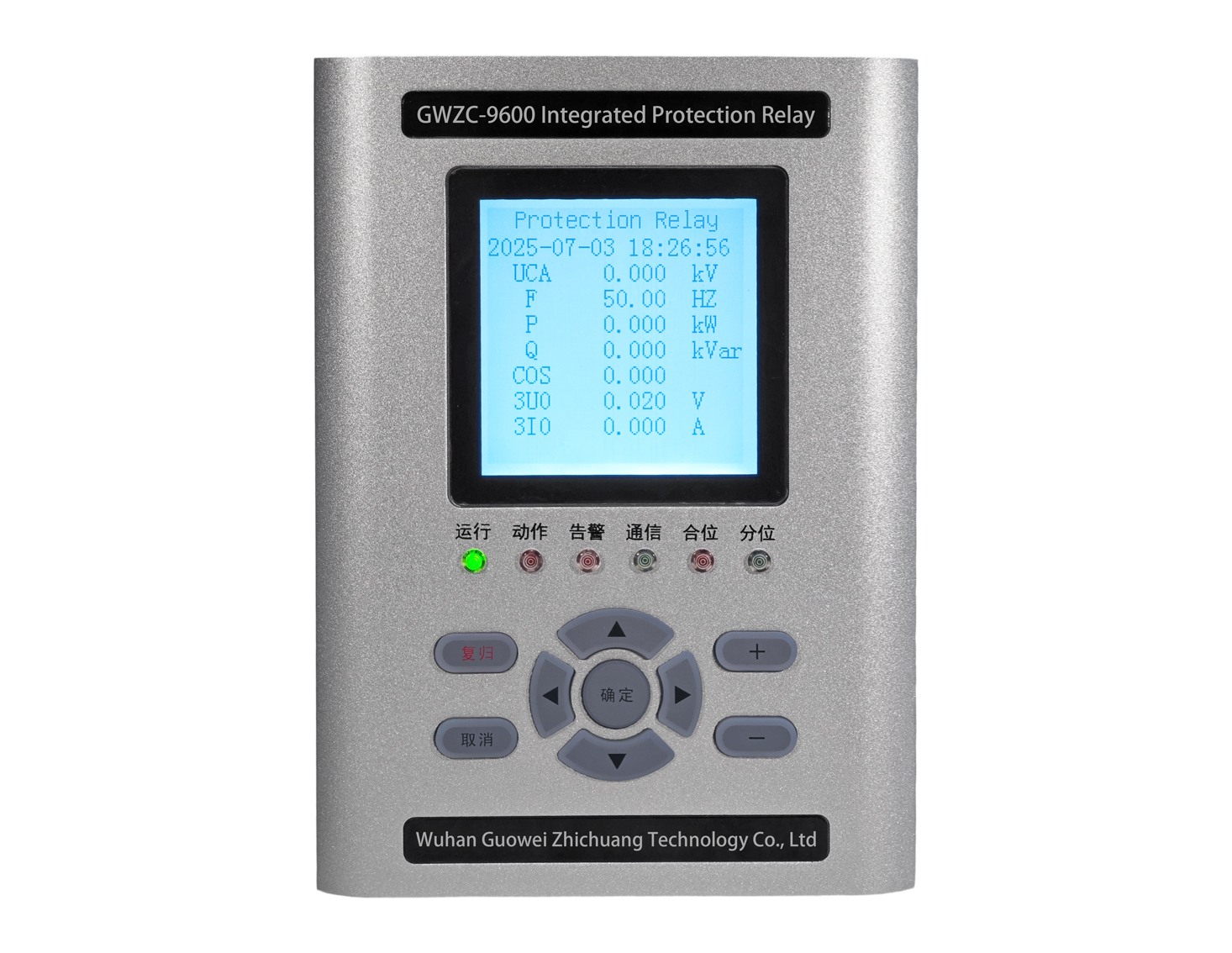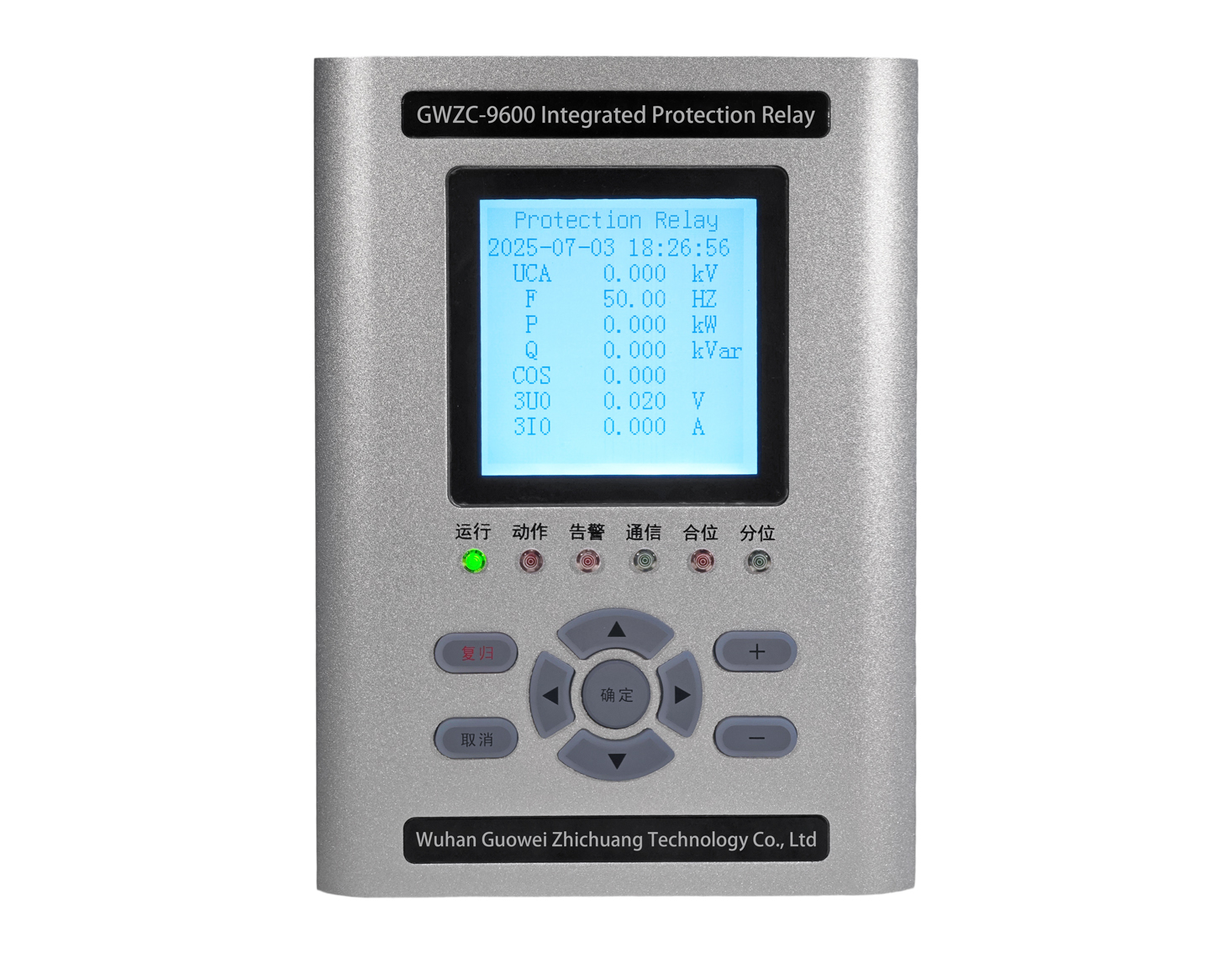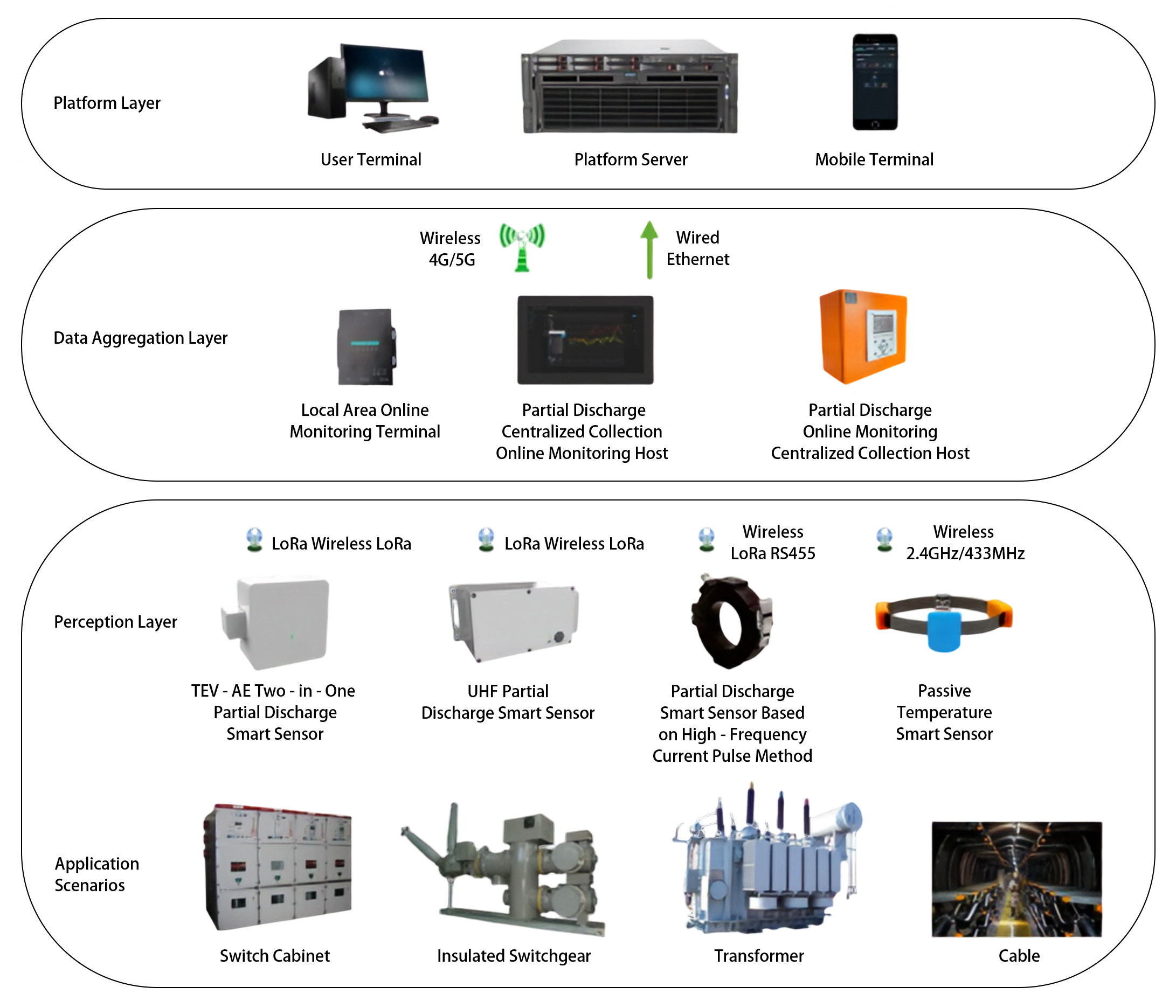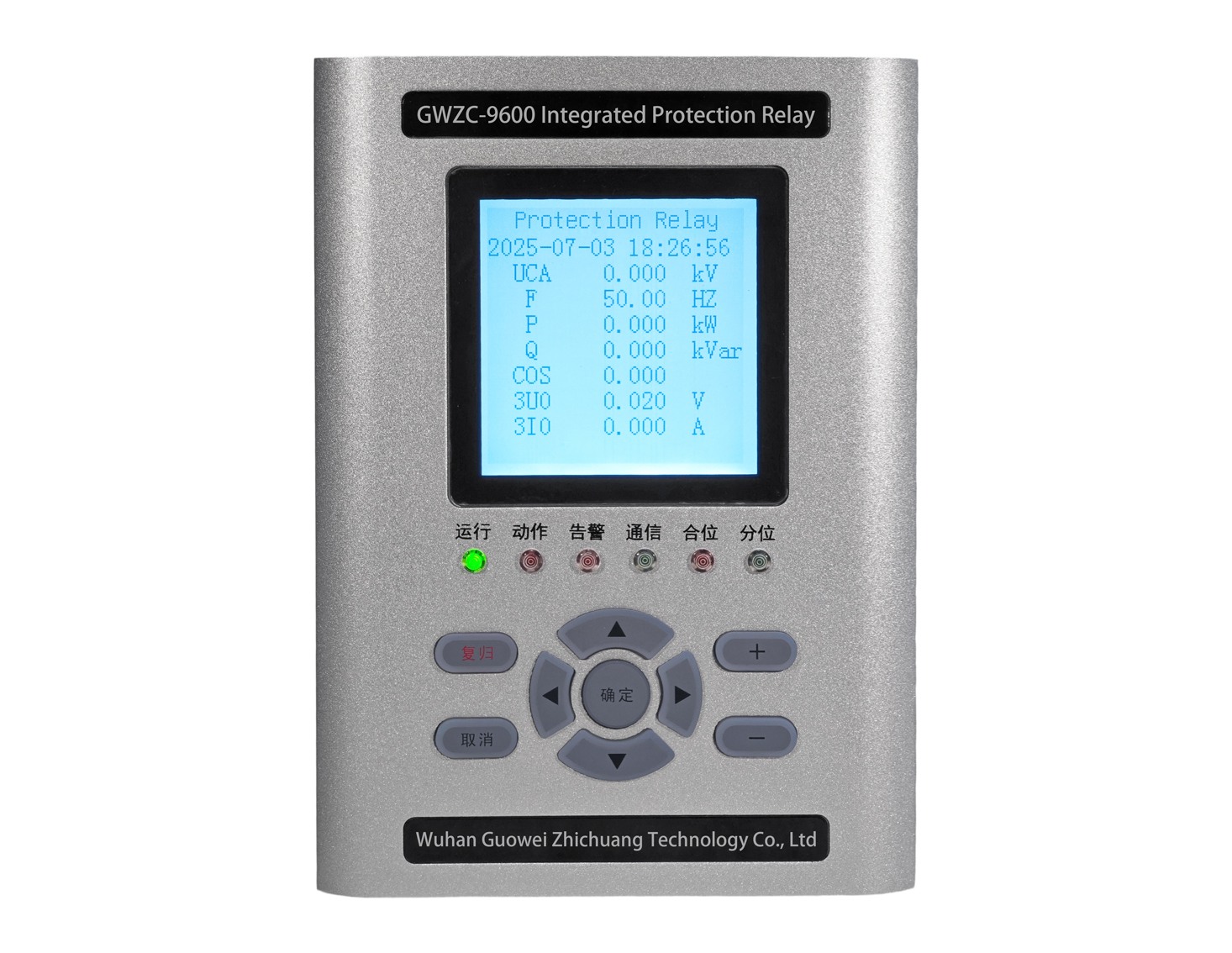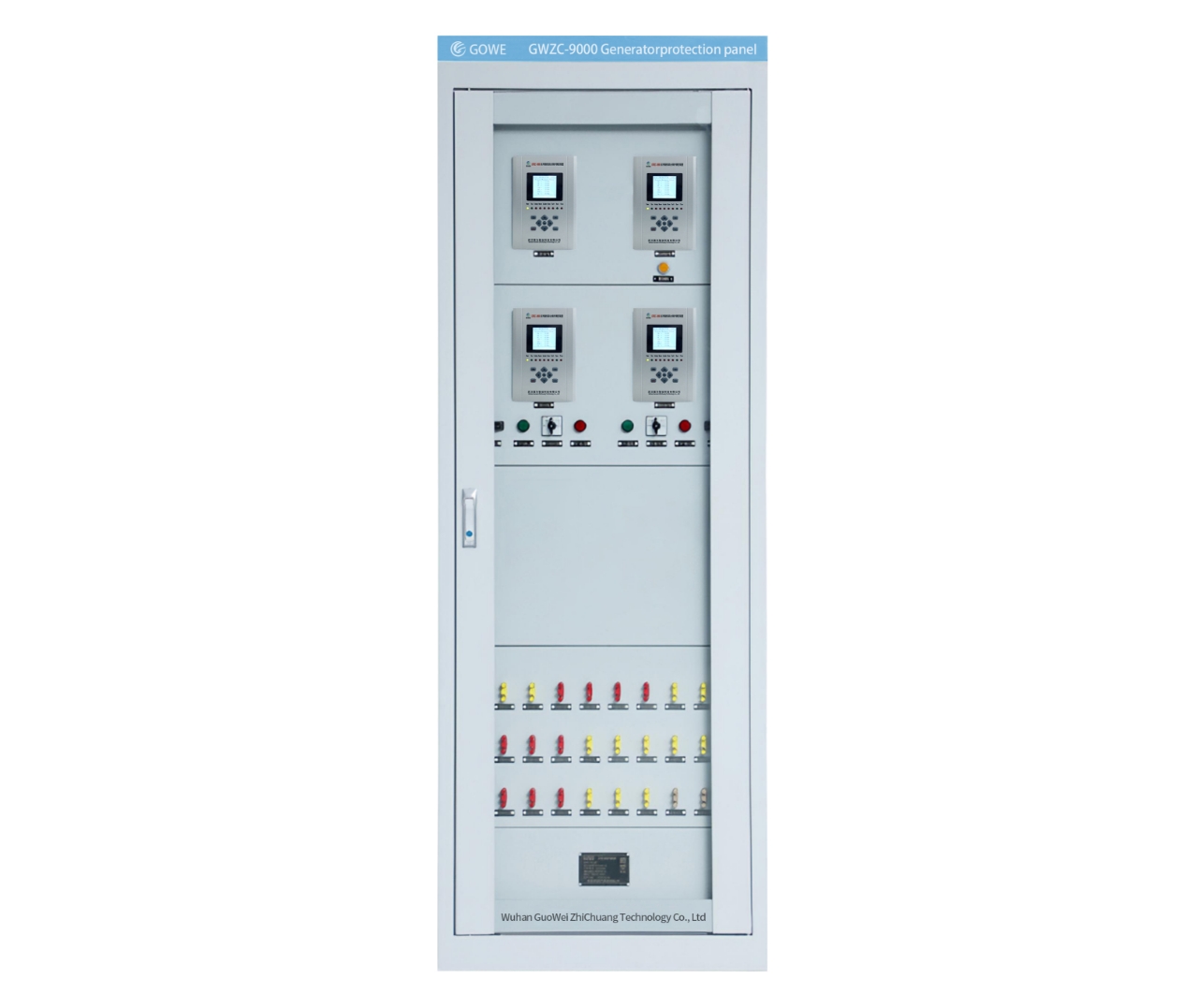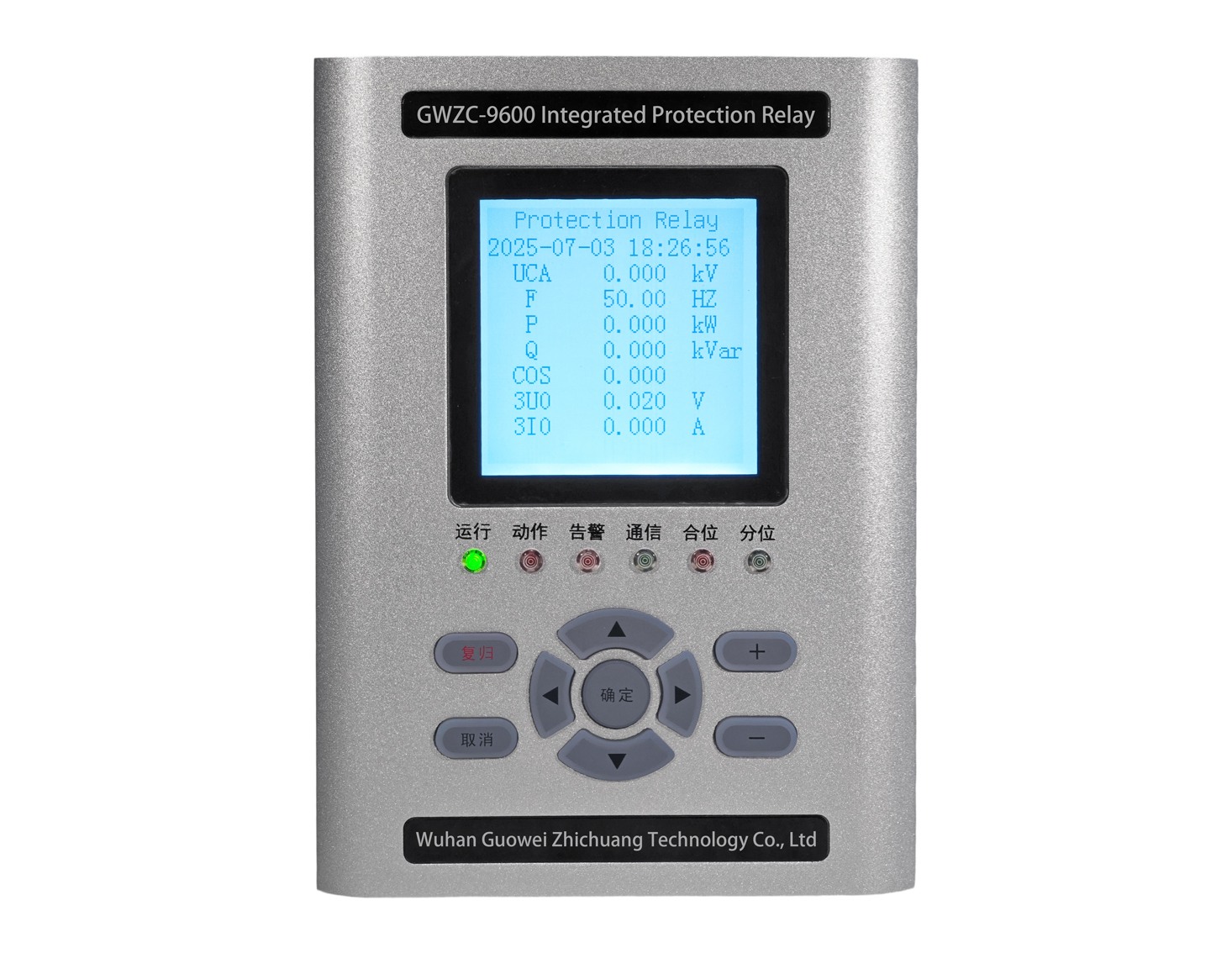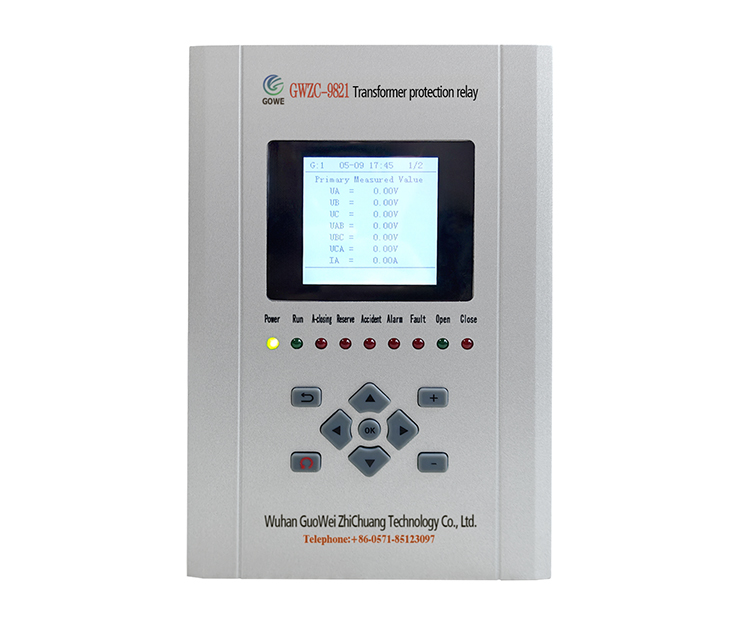1. Differential Protection: Protected Equipment
Transformer Differential Protection
- Protects power transformers against internal faults (e.g., winding short circuits, ground faults). The zone covers the area between high/lowvoltage side CTs, including windings and connections.
- Key Challenge: Mitigating inrush current and phase shifts due to Y/Δ connections.
Line Differential Protection
- Safeguards transmission lines from phasetophase or ground faults. The protection zone spans between lineend CTs, excluding buses or adjacent equipment.
- Key Challenge: Compensating for distributed capacitive currents in long lines.
2. Differential Protection: Operating Principles
Phase Compensation
- Transformer Differential Protection:Required (e.g., Y→Δ conversion for phase shift correction).
- Line Differential Protection:Not needed (same phase sequence at both ends). |
Current Balancing
- Transformer Differential Protection :Adjusts for transformer ratio mismatch (HV/LV side currents).
- Line Differential Protection :Uses matched CT ratios for direct comparison.
Restraint Setting
- Transformer Differential Protection :High restraint to block inrush current tripping.
- Line Differential Protection : Lower restraint; focuses on CT errors/capacitive currents.
3. Differential Protection: Key Challenges and Solutions
Transformer Protection
- Inrush Current: Blocked via 2nd harmonic restraint or waveform asymmetry detection.
- Tap Changer Effects: Adaptive algorithms adjust relay settings dynamically.
Line Protection
- Capacitive Current: Compensated using specialized algorithms in long lines.
- Data Synchronization: GPS or fiberoptic sync ensures precise sampling (e.g., IEC 6185092).
4. Differential Protection: Industry Applications
- Transformers Differential Protection : Critical for substation main transformers (e.g., 220kV/33kV).
- Lines Differential Protection : Used in HV transmission networks, urban ring mains, and HVDC systems.
Conclusion
While both schemes compare incoming/outgoing currents, transformer differential protection addresses electromagnetic coupling complexities (inrush, phase shifts), whereas line differential protection prioritizes communication sync and capacitive current mitigation. Selecting the right scheme depends on the protected asset’s characteristics.

